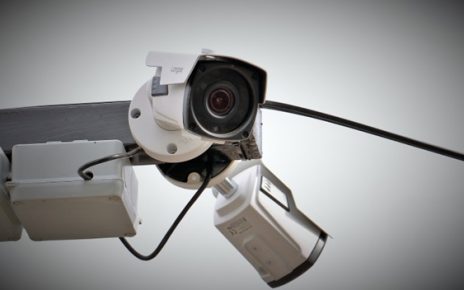Because of advances in biomedical engineering, dentists might be able to vastly enhance their ways of design and fixation of teeth implants and dentures. With more than 100 Million Americans missing teeth, this discovery could solve a pricey and time-consuming problem. Previously, dentists have trusted digital scans of plaster models to produce dentures and bridges. The procedure could be intensely uncomfortable for that patient and very time-consuming for that dental professional and also the lab technicians. When dental prosthetics have to be produced, the individual must are available in and also have a silicone impression of their teeth made. Lab technicians then produce a plaster type of one’s teeth in the silicone impression. Digital camera models then are utilized to scan the model to create a precise fit for that prosthetic. Further measurements should be done, and also the device should be carefully fitted and modified. 3-D technology, that is being developed in the Fraunhofer Institute for Applied Optics and Precision Engineering, has revolutionized this method for dentists. Fraxel treatments uses camera optics to produce accurate 3-D images of every individual tooth. Forecasted beams of sunshine on every tooth’s surface appraise the dimensions and curvature. Two separate optical sources give a sensor nick with various perspectives which are both joined and calculated through the system. While using model like a guide, dentists will find the precise spot to insert the implant once it’s been produced.
The scientists experienced two major obstacles when performing their research. The very first was the circumstances from the measurement area. The shape and size of the patient’s mouth are under well suited for recording the different perspectives, and frequently it’s challenging to obtain the forecasted light to achieve the right places that should be measured. The researcher needed to figure out ways to help make the devices smaller sized and position them within the ideal places within the mouth. The 2nd obstacle was the movement from the patient. The smallest motion would threaten to compromise the integrity from the images due to the precision from the cameras. Since it is impossible to make sure that a dentist’s patient won’t move, especially in the center of uncomfortable dental procedures, the researcher recognized the imaging will have to happen incredibly rapidly to avoid losing precision. The scientists modified the gear to capture the pictures in an incredibly high-speed to be able to solve this issue. Dr. Peter Kuhmstedt, the audience manager for that development process in the Fraunhofer Institute, reports that: “the look sequence for every measurement position is taken in under 200 milliseconds.”
Fraxel treatments can make the entire process of creating dentures and implants extremely simpler or dentists. Rather of the six-month to 1-year process, which incorporated two major surgeries, dentists can now create and insert a verbal implant in a single day. Dr. Deborah Armellini, a prosthodonist in the College of Maryland Dental School in Baltimore, M.D. states the brand new procedure is much more accurate and efficient compared to methods which have been used previously. “Probably the most exciting factor for me personally,” she states, “is the opportunity to provide a greater quality of existence for patients.”





